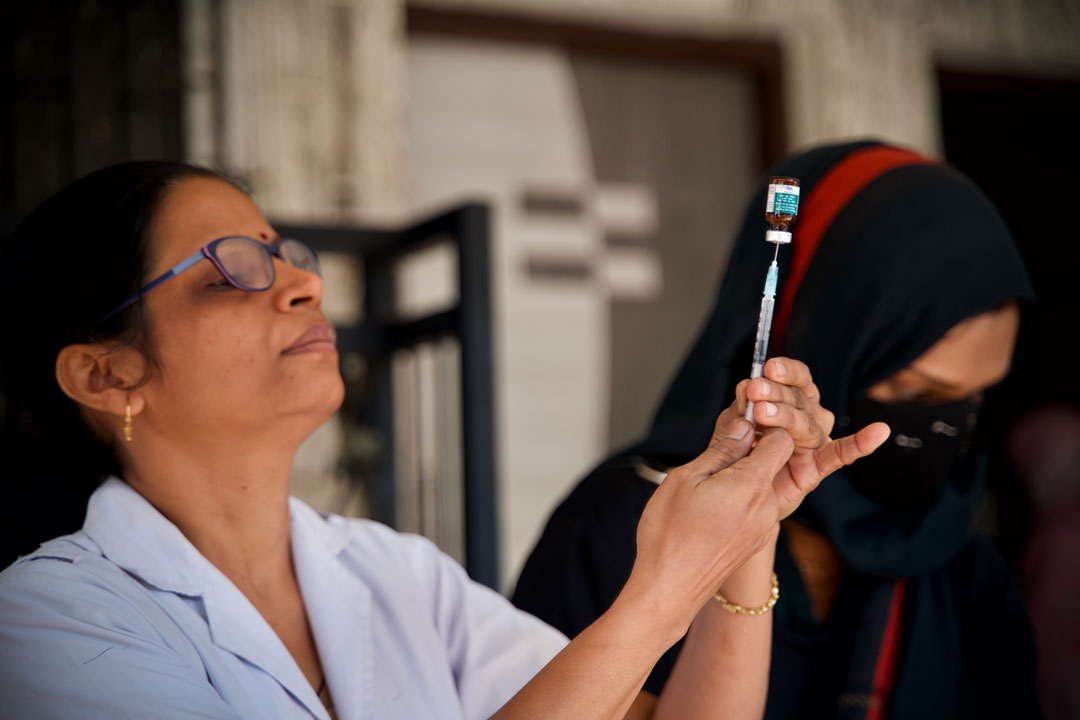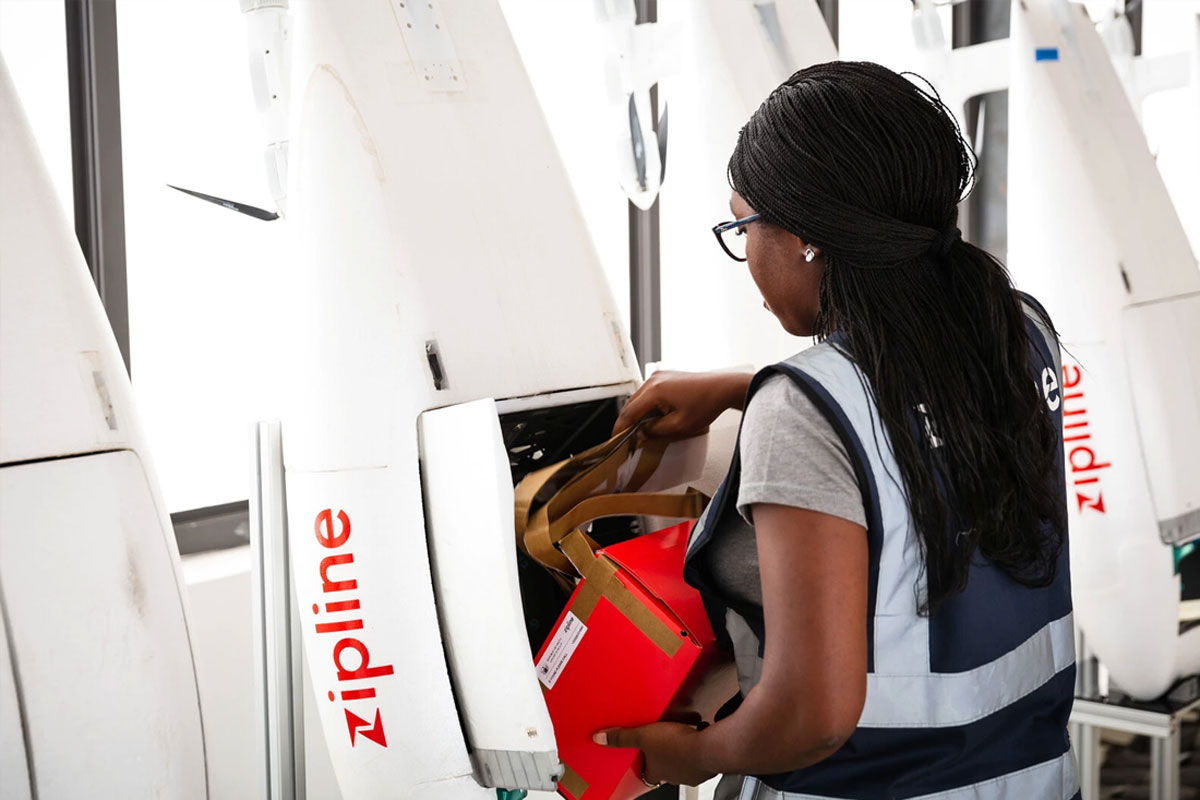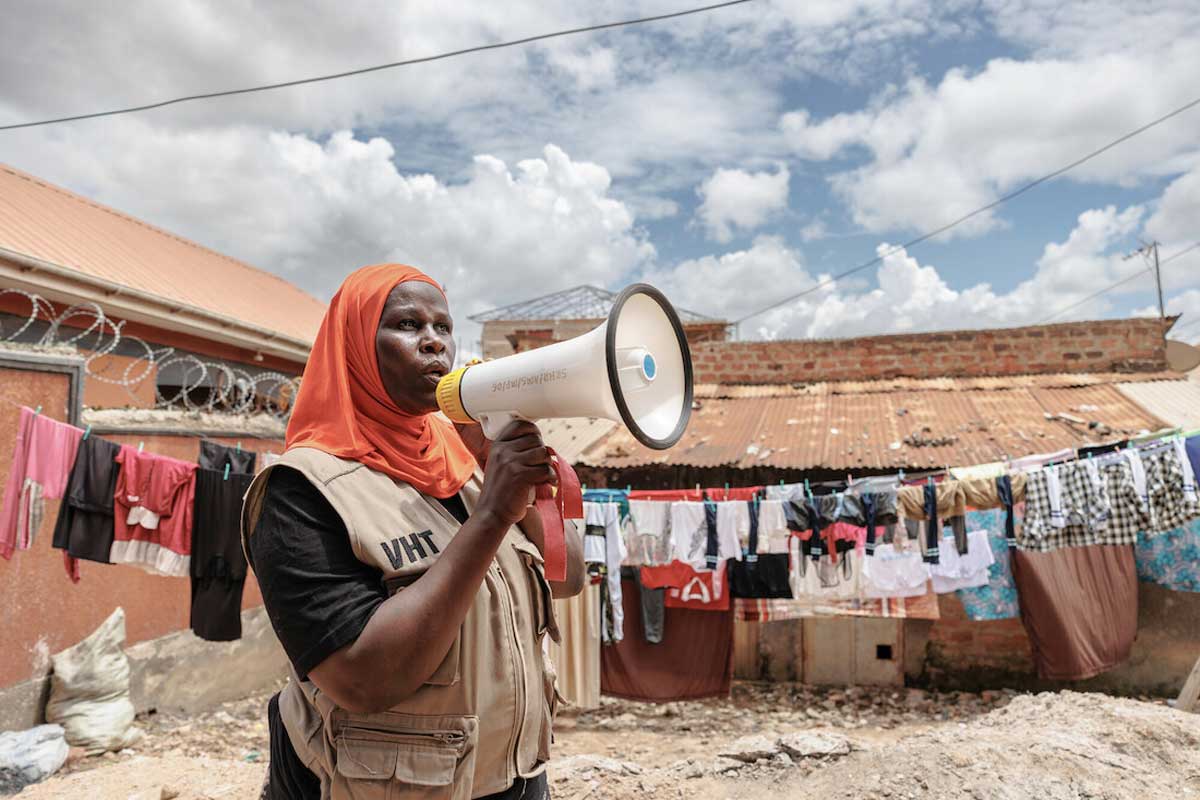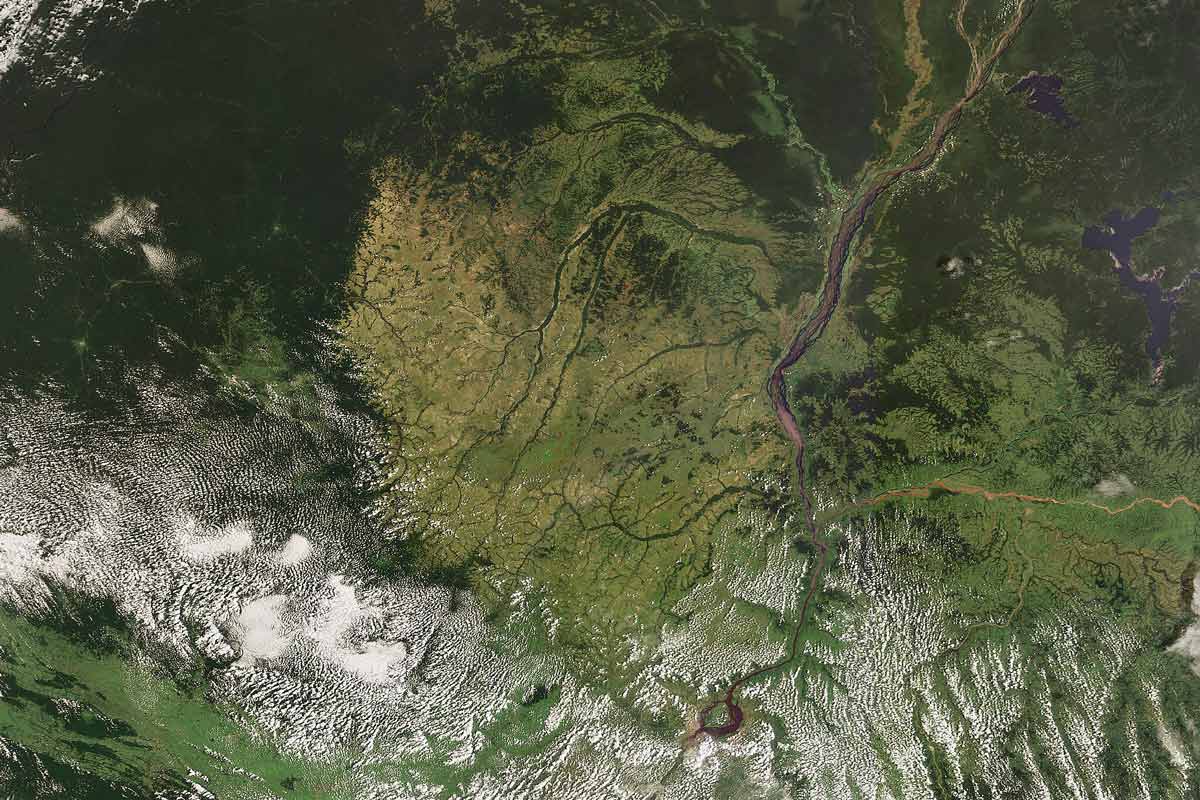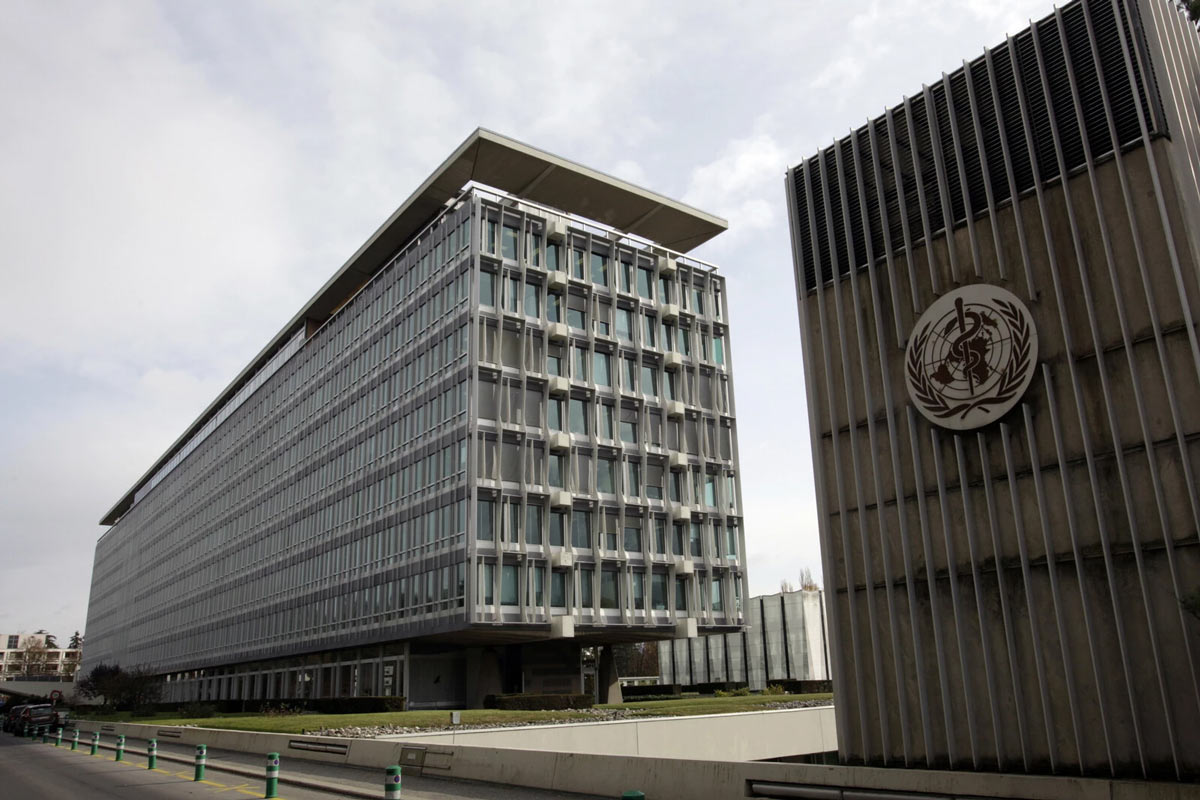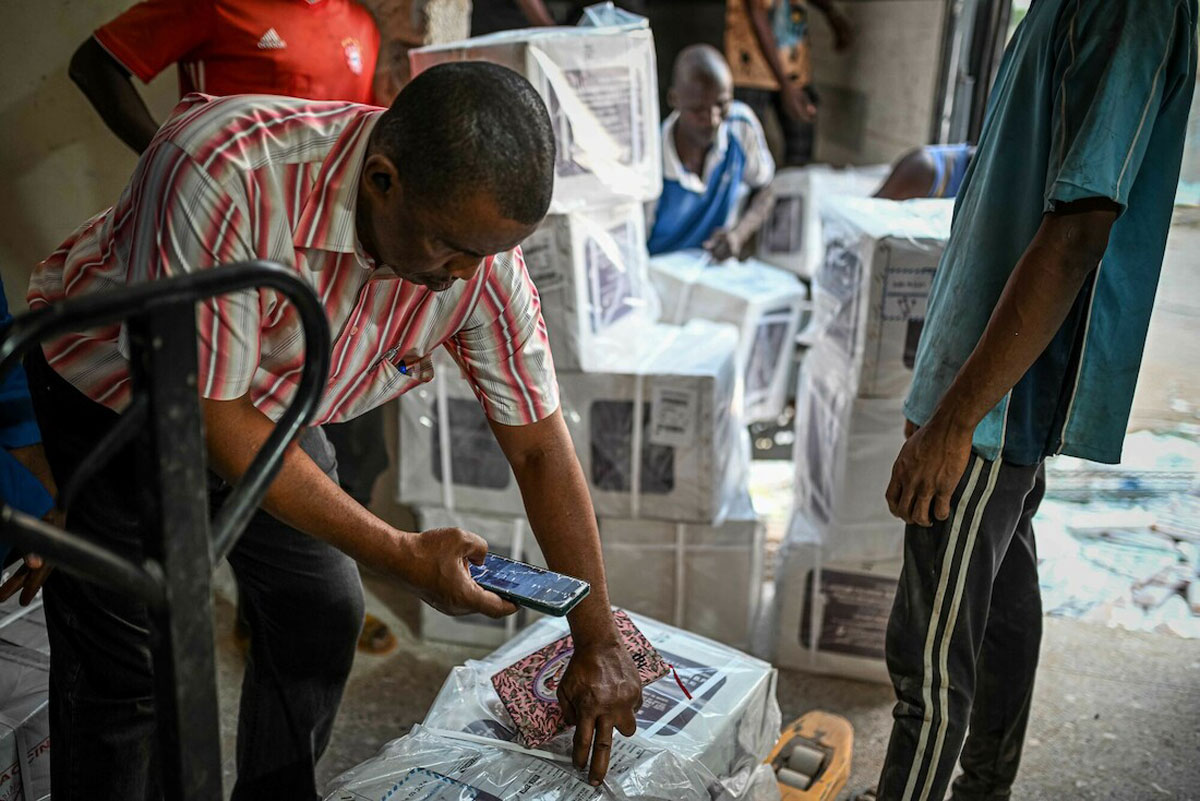Willing and waiting: High levels of COVID-19 vaccine acceptance identified in Global South
The widespread acceptance of COVID-19 vaccines in low- to middle-income countries should boost global coronavirus immunity, if distribution issues can be resolved.
- 19 July 2021
- 4 min read
- by Linda Geddes
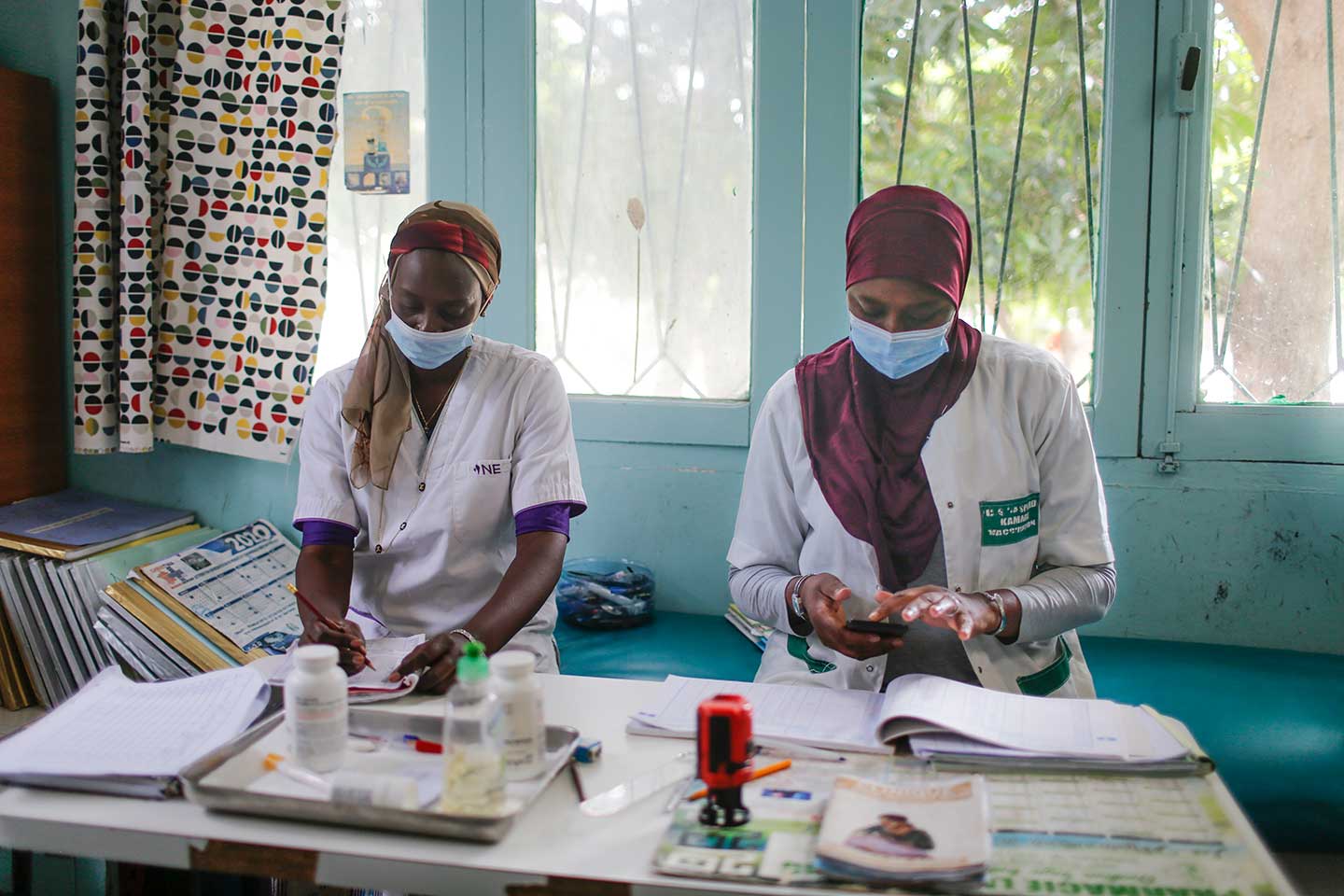
Four in five people in low- to middle-income countries are willing to get vaccinated against COVID-19 – a significantly higher proportion than in either the United States or Russia – data suggests.
The finding, published in Nature Medicine, suggests that prioritizing vaccine distribution to the Global South should yield high returns in terms of boosting global immunity against COVID-19.
Widespread acceptance of COVID-19 vaccines is essential to minimise deaths from the disease and hasten the end of the global pandemic. Yet, even though vaccines have been available for more than six months, we still know relatively little about attitudes towards COVID-19 vaccination in lower-income countries. Here, large-scale vaccination is only just beginning, with an estimated 1% of people in low-income countries having received at least one dose.
The country with the highest rates of vaccine acceptance was Nepal, where 96.6% said they would be willing to be vaccinated against COVID-19.
“Understanding the drivers of COVID-19 vaccine acceptance is of global concern, because a lag in vaccination in any country may result in the emergence and spread of new variants that can overcome immunity conferred by vaccines and prior disease,” the authors write.
To investigate, Julio S. Solís Arce at the WZB Berlin Social Science Center in Germany and his colleagues surveyed the attitudes of 44,260 individuals across ten low- and middle-income countries (LMICs) in Asia, Africa and South America, as well as in Russia and the United States.
They found that COVID-19 vaccine acceptance was considerably higher in the LMICs, compared to in the United States and Russia. Here, 80.3% of people said they’d be willing to get vaccinated (median 78%), compared to 64.6% of Americans and 30.4% of Russians, on average.
Have you read?
These high rates of acceptance in LMICs were primarily explained by a desire for personal protection against COVID-19, while the most commonly cited reason for hesitancy was concern about side effects. Health workers were regarded as the most trusted sources of guidance about COVID-19 vaccines.
Burkina Faso and Pakistan had the lowest rates of COVID-19 vaccine acceptance among the LMICs included in the study, with an average rate of 66.5% in both countries. In the case of Pakistan, this could be related to negative historical experiences with foreign-led vaccination campaigns, while in Burkina Faso, it could represent general vaccine hesitancy. Here, fewer people believe that vaccines in general are safe in than in any other of the surveyed counties, apart from Russia.
The country with the highest rates of vaccine acceptance was Nepal, where 96.6% said they would be willing to be vaccinated against COVID-19.
In general, men were more willing to be vaccinated than women, but there were no consistently significant differences with respect to age or education. Although the researchers cautioned that their data may not be representative of all LMICs, and that some individual samples may not be nationally representative, they said their main finding of greater acceptance in LMICs compared to the US or Russia was consistent across all of the countries they surveyed.
“The high levels of vaccine acceptance we identify suggest that prioritizing distribution to LMICs may be an efficient way to achieve immunity on a global scale and prevent novel variants from emerging,” they added. “Vaccination campaigns should focus on converting positive intentions into uptake, which may require investment in local supply chains and delivery.
“Messages highlighting vaccine efficacy and safety, delivered by healthcare workers, could be effective for addressing any remaining hesitancy in the analysed LMICs.”
The countries included in the survey were: Burkina Faso, Mozambique, Rwanda, Sierra Leone and Uganda (low-income countries); India, Nepal, Nigeria and Pakistan (lower-middle-income countries); Columbia and Russia (upper-middle income countries); and the United States (high income country).

